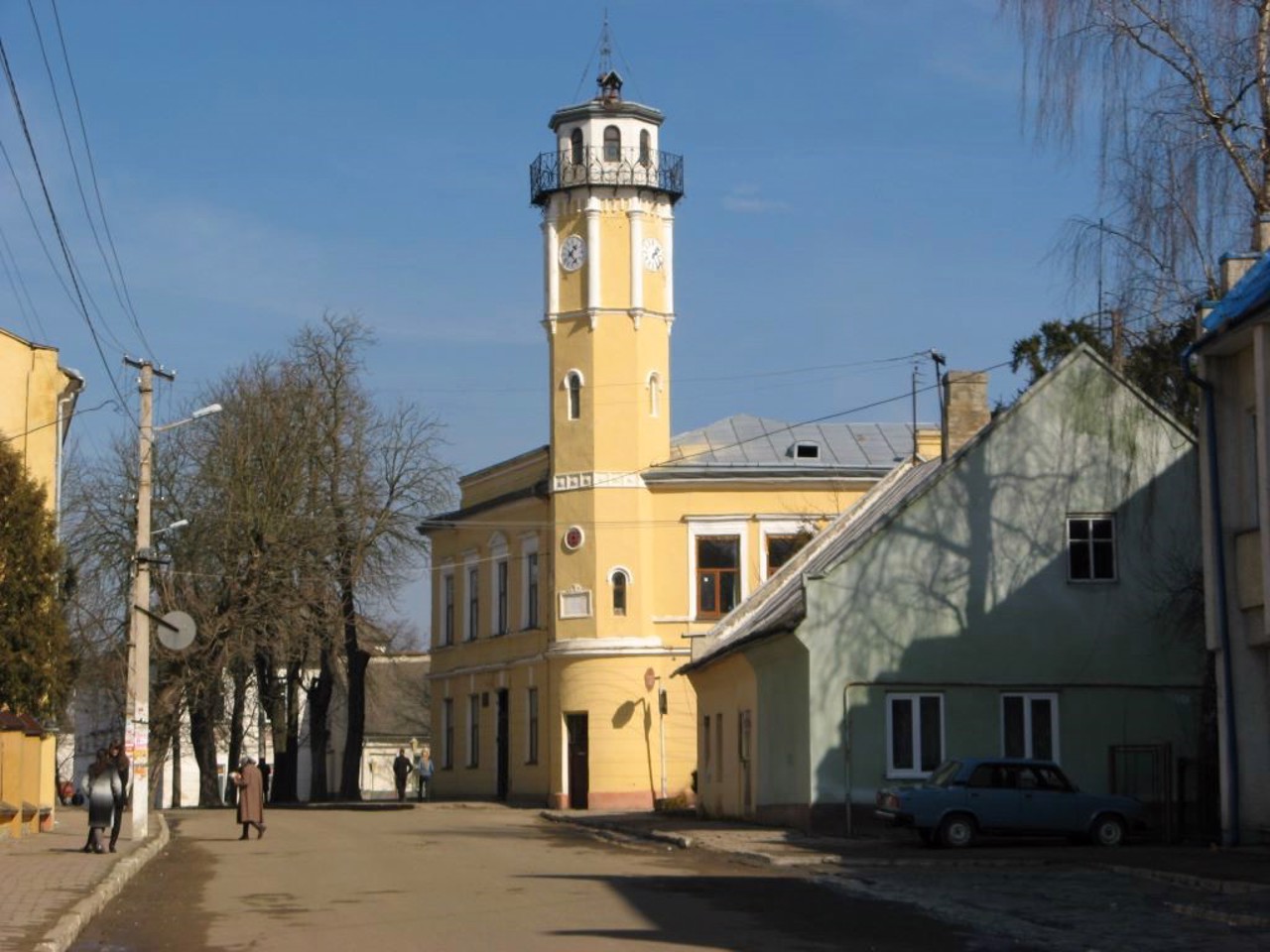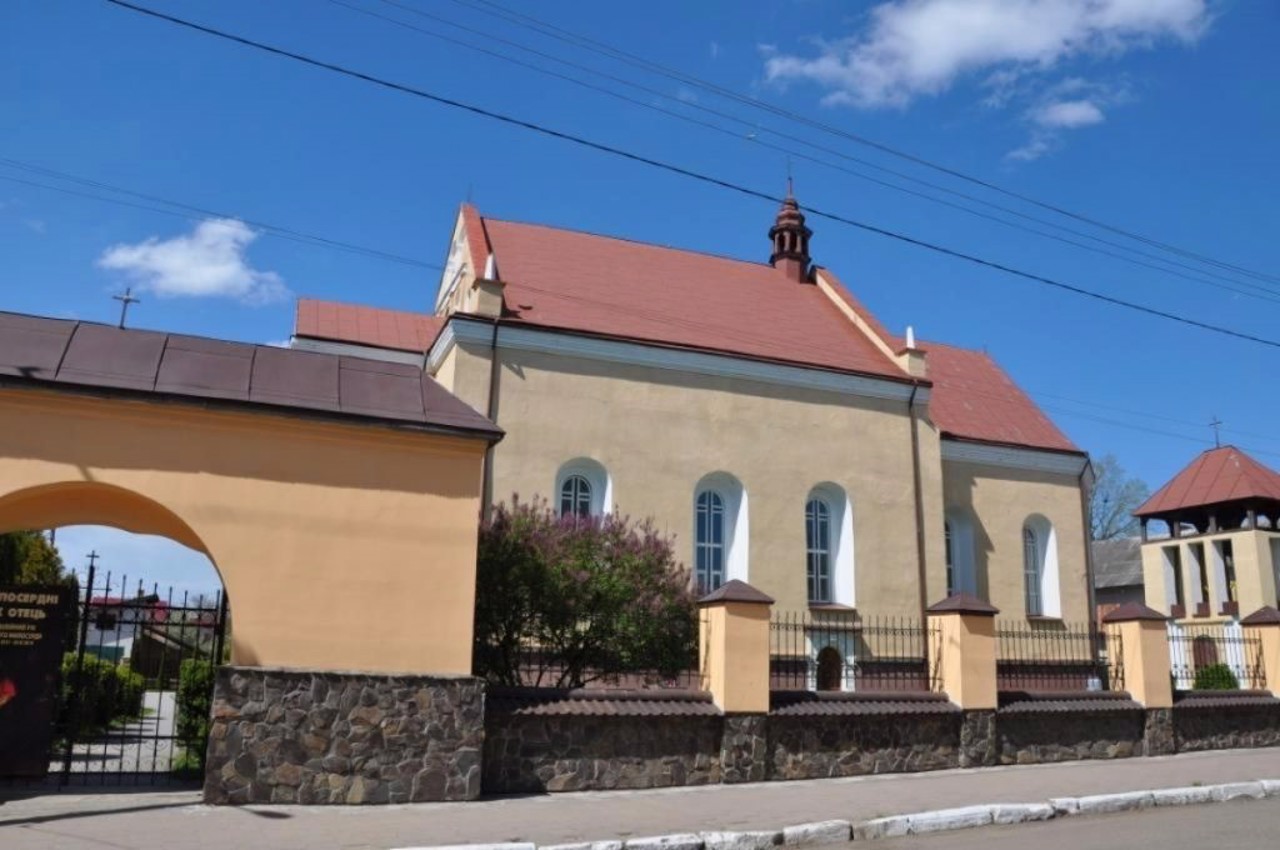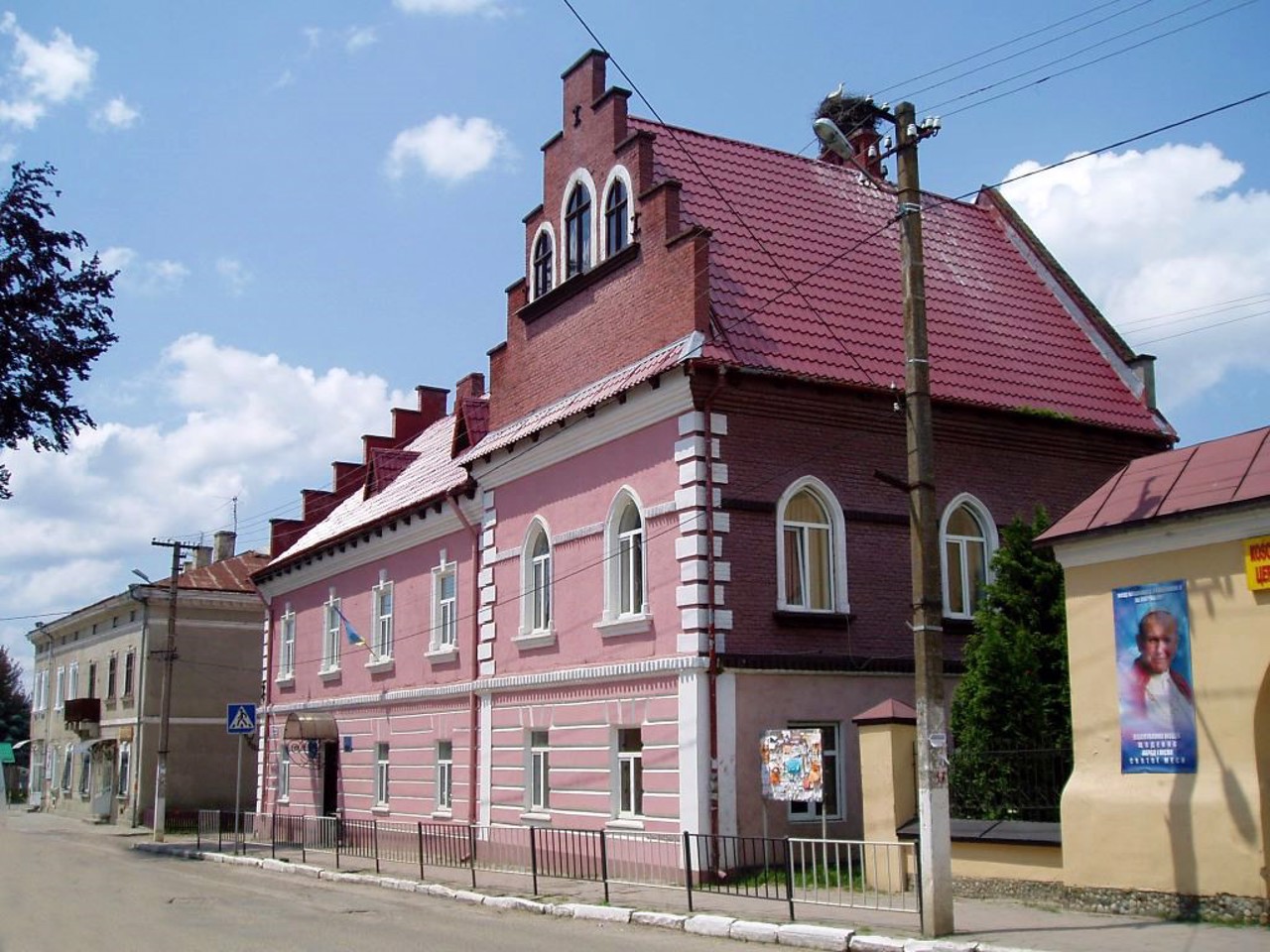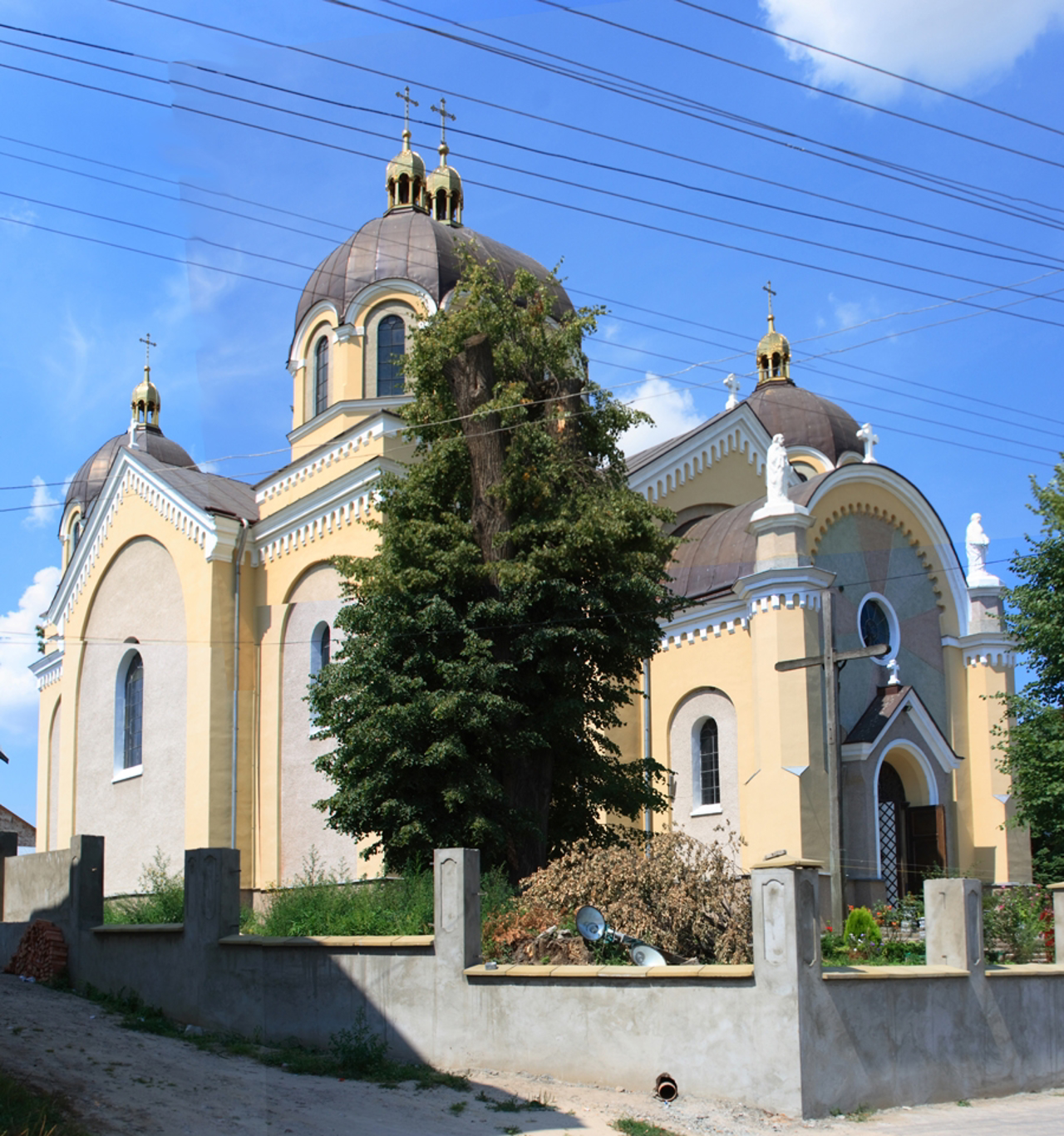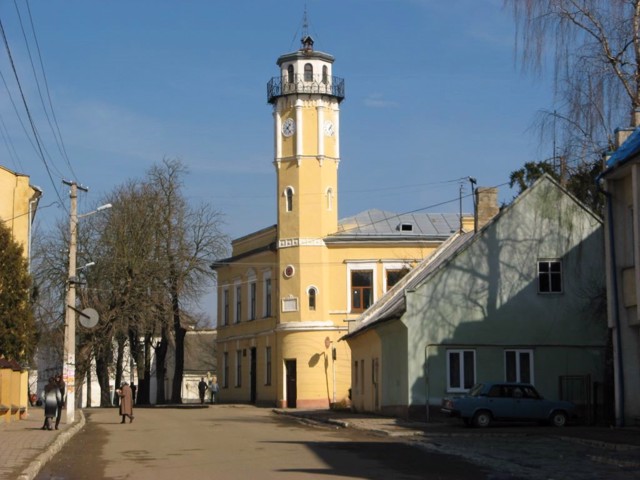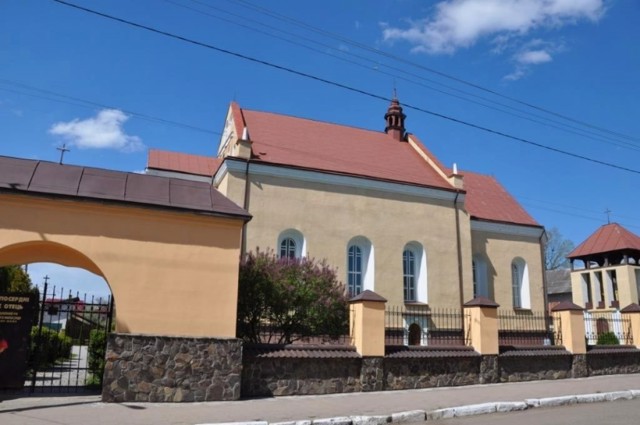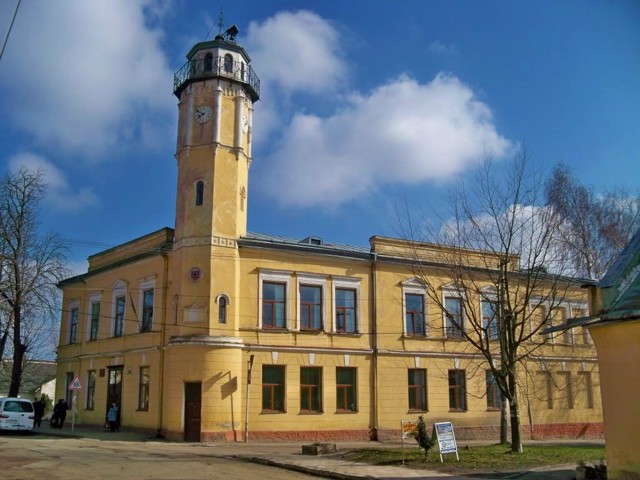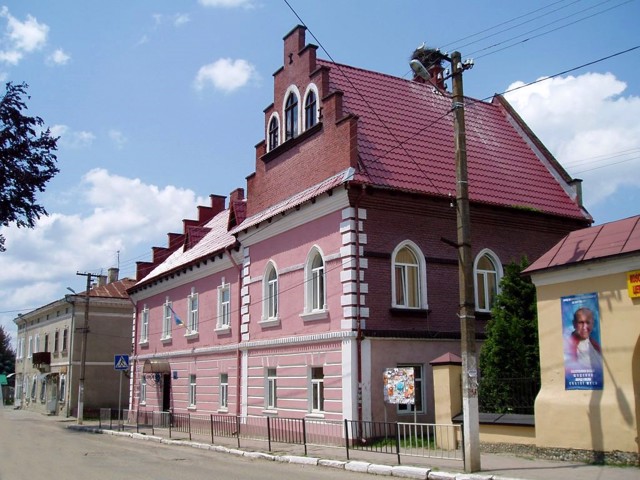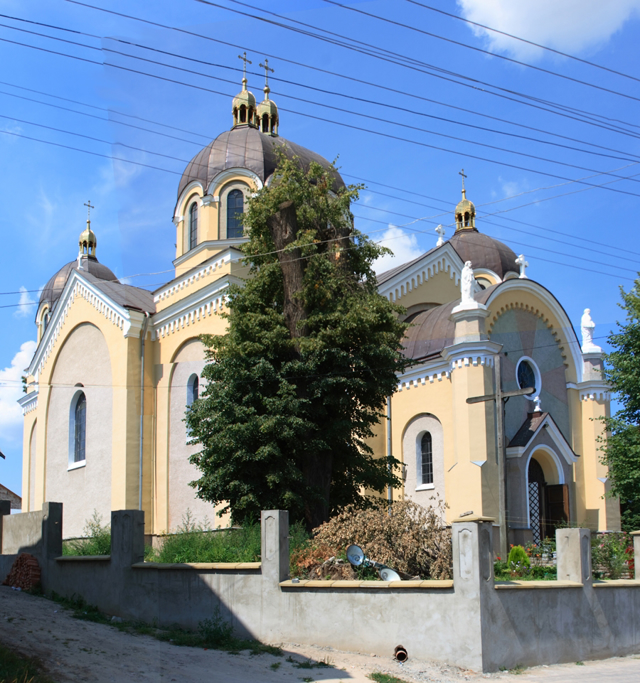Functional temporarily unavailable
General information about Yavoriv
The city of Yavoriv is located above the Shklo River on the Lviv-Krakovets highway, 17 kilometers from the Polish border.
The name comes from the sycamore forests surrounding the city. The first written mention dates back to 1376. In 1569, the city received Magdeburg law. It was one of the favorite cities of the Polish king Yan Sobieski.
For supporting Bohdan Khmelnytskyi, about ten citizens were executed by the Poles, and a contribution was imposed on the city. In 1711, Peter I became engaged here to the future empress Catherine I.
The parish church of Saints Peter and Paul (1639), the church of Saint George (1904) with a wooden bell tower from 1764 have been preserved. A monument of wooden architecture is the Church of the Nativity of the Virgin (1573) in the Small S ...
The city of Yavoriv is located above the Shklo River on the Lviv-Krakovets highway, 17 kilometers from the Polish border.
The name comes from the sycamore forests surrounding the city. The first written mention dates back to 1376. In 1569, the city received Magdeburg law. It was one of the favorite cities of the Polish king Yan Sobieski.
For supporting Bohdan Khmelnytskyi, about ten citizens were executed by the Poles, and a contribution was imposed on the city. In 1711, Peter I became engaged here to the future empress Catherine I.
The parish church of Saints Peter and Paul (1639), the church of Saint George (1904) with a wooden bell tower from 1764 have been preserved. A monument of wooden architecture is the Church of the Nativity of the Virgin (1573) in the Small Suburb. In the center there are fragments of the old building with the town hall.
Місто Яворів розташоване над річкою Шкло на трасі Львів-Краковець, в 17 кілометрах від польського кордону.
Назва походить від оточуючих місто яворових лісів. Перша письмова згадка датується 1376 роком. В 1569 році місто отримало Магдебурзьке право. Було одним з улюблених міст польського короля Яна Собеського.
За підтримку Богдана Хмельницького близько десяти городян були страчені поляками, а на місто накладено контрибуцію. Петро I в 1711 році заручився тут з майбутньою імператрицею Катериною І.
Зберігся парафіяльній костел Святих Петра і Павла (1639 рік), церква Святого Юрія (1904 рік) з дерев'яною дзвіницею 1764 року. Пам'яткою дерев'яного зодчества є церква Різдва Богородиці (1573 рік) в Малому передмісті. У центрі є фрагменти старої забудови з ратушею....
Місто Яворів розташоване над річкою Шкло на трасі Львів-Краковець, в 17 кілометрах від польського кордону.
Назва походить від оточуючих місто яворових лісів. Перша письмова згадка датується 1376 роком. В 1569 році місто отримало Магдебурзьке право. Було одним з улюблених міст польського короля Яна Собеського.
За підтримку Богдана Хмельницького близько десяти городян були страчені поляками, а на місто накладено контрибуцію. Петро I в 1711 році заручився тут з майбутньою імператрицею Катериною І.
Зберігся парафіяльній костел Святих Петра і Павла (1639 рік), церква Святого Юрія (1904 рік) з дерев'яною дзвіницею 1764 року. Пам'яткою дерев'яного зодчества є церква Різдва Богородиці (1573 рік) в Малому передмісті. У центрі є фрагменти старої забудови з ратушею.
Сплануй своє перебування у Yavoriv
What to see and where to go in Yavoriv
Tourist attractions and museums of Yavoriv
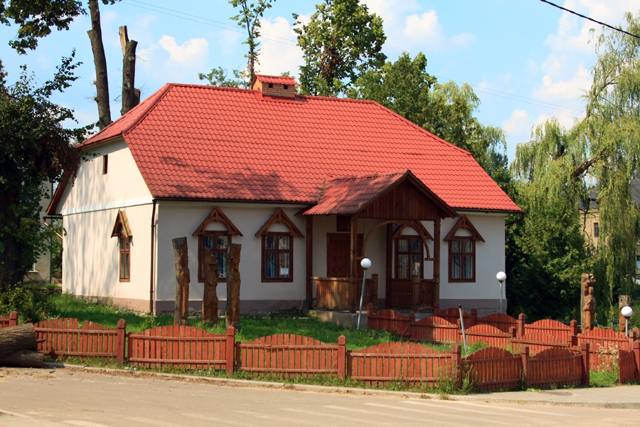
"Yavorivshchyna" Historical and Ethnographic Museum
Museum / gallery
The Yavorivshchyna Historical and Ethnographic Museum was opened in 1927-1933 on the initiative of the "Native School Circle".
Dr. Mykhaylo Filts, artist Oleksa Kharkiv and others became active supporters of the museum cause. After the Second World War, the museum fell into disrepair.
In 2002, an updated exposition was opened. Today, the funds of the Yavorivshchyna Historical and Ethnographic Museum include 351 exhibits.
The museum exposition is housed in four rooms and conventionally divided into sections: "Spinning and weaving", "Economic and household items", "Ancient Yavoriv burden", "Folk crafts of the Yavoriv region", "Archaeological monuments and numismatics".
The exhibition of the works of Volodymyr Patyk "Wooden churches of Yavoriv region" has artistic value.
The pride of the museum is the library, which is constantly replenished.
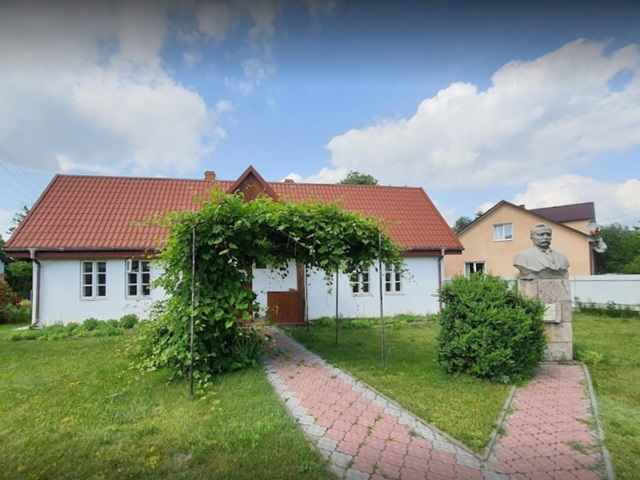
Osyp Makovey Manor-Museum
Museum / gallery , Palace / manor
The museum-house of Osyp Makovey was created in Yavoriv in the house where this outstanding Ukrainian poet, prose writer, satirist, publicist, teacher and public figure was born.
The exhibition is housed in three halls: two rooms and halls. In one room, the belongings of the Makovey family are collected: furniture (chairs, table), dishes, embroidery, toys. In the other - photos of Osyp with his family and friends; his letters, books; portraits Household items are presented in the halls.
Makovey studied at the Ukrainian gymnasium in Lviv and at the philological faculty of Lviv University. He was the editor of "Zorya" magazine, "Bukovyna" newspaper, one of the editors of "Literary and Scientific Herald". In 1901, he received the scientific degree of Doctor of Philosophy for researching the works of Panteleymon Kulish.
During the First World War in 1914-1918, he served as a military translator of the Austrian army, the head of postal censorship, later - in a radio group. In the post-war period, he worked as the director of a teachers' seminary in Zalishchyky.
Makovey maintained friendly relations with Ivan Franko,Lesya Ukrayinka and other writers. He began his literary activity at the end of the 80s of the 19th century under the pseudonyms: Spectator, Osyp Stepanovych.
Yavoriv on photo and video
Reviews Yavoriv
Geographical information about Yavoriv
| {{itemKey}} | {{itemValue}} |
|---|---|
| Region |
Lviv |
